Model-Based Pre-Ignition Diagnostics in a Race Car Application
Abstract
:1. Introduction
2. Methodology for Pre-Ignition Detection
2.1. Calculation of the Measured Ignition Delay
2.2. Control-Oriented Model of the Ignition Delay
- The in-cylinder temperature corresponding to the spark advance (SA);
- The in-cylinder pressure corresponding to the SA; and
- The air-to-fuel ratio (estimated in real time by the engine control strategy).
- Calculation of the pressure and temperature in correspondence with the spark angle through Equations (5) and (6) (once the pressure and temperature in the intake manifold have been measured);
- Interpolation of the base ignition delay map (Figure 3) characterized at the reference lambda value;
- Estimated ignition delay correction based on lambda deviation with respect to the reference value (the base ignition delay is multiplied by , i.e., the output of the map reported in Figure 4).
2.3. Pre-Ignition Detection
3. Recovery Strategy for Real-Time Engine Protection
- First level of recovery: If one pre-ignition event is diagnosed in one cylinder, a 5% fuel reduction is applied to the fuel injected into that cylinder (reduction applied for a tunable number of cycles);
- Second level of recovery: When one pre-ignition event is diagnosed and another event has already been diagnosed in the last 50 cycles, a further fuel reduction is applied (maximum fuel reduction limited to 8% to avoid lean misfires). The fuel reduction is kept active for a tunable number of cycles;
- Third level of recovery: When a third pre-ignition event has been detected in the last 50 cycles operated by one cylinder, injection is cut (in that cylinder) for a tunable number of cycles, the goal being to cool the combustion chamber and reduce the temperature of the hot spots.
4. Conclusions
Author Contributions
Funding
Conflicts of Interest
Nomenclature
| MFB | Mass fraction burned |
| RoHR | Rate of heat release |
| p | In-cylinder pressure |
| pBoost | Boost pressure |
| T | In-cylinder temperature |
| TBoost | Boost temperature |
| V | In-cylinder volume |
| Crankshaft angle | |
| Ignition delay | |
| Estimated ignition delay | |
| Measured ignition delay | |
| Angular position at which 10% of fuel burned within the cycle is reached | |
| SA | Spark advance |
| BDC | Bottom dead center |
| TDC | Top dead center |
| BTDC | Before the top dead center |
| ATDC | After the top dead center |
| Specific heat ratio | |
| Specific heat at constant pressure | |
| Specific heat at constant volume | |
| Air–fuel ratio | |
| Reference air–fuel ratio | |
| nEngine | Engine rotational speed |
| ECU | Electronic control unit |
| CAN | Controller area network |
References
- FIA. 2009 Formula One Technical Regulations; FIA: Geneva, Switzerland, 2009. [Google Scholar]
- FIA. 2014 Formula One Technical Regulations; FIA: Geneva, Switzerland, 2011. [Google Scholar]
- Chapman, E.; Costanzo, V. A Literature Review of Abnormal Ignition by Fuel and Lubricant Derivatives. SAE Int. J. Engines 2016, 9, 107–142. [Google Scholar] [CrossRef]
- Amann, M.; Alger, T.; Westmoreland, B.; Rothmaier, A. The Effects of Piston Crevices and Injection Strategy on Low-Speed Pre-Ignition in Boosted SI Engines. SAE Int. J. Engines 2012, 5, 1216–1228. [Google Scholar] [CrossRef]
- Moriyoshi, Y.; Kuboyama, T.; Morikawa, K.; Yamada, T.; Imai, Y.; Hatamura, K.; Suzuki, M. A Study of Low Speed Preignition Mechanism in Highly Boosted SI Gasoline Engines. SAE Int. J. Engines 2016, 9, 98–106. [Google Scholar] [CrossRef]
- Dahnz, C.; Han, K.; Spicher, U.; Magar, M.; Schießl, R.; Maas, U. Investigations on Pre-Ignition in Highly Supercharged SI Engines. SAE Int. J. Engines 2010, 3, 214–224. [Google Scholar] [CrossRef]
- Amann, M.; Alger, T.; Mehta, D. The Effect of EGR on Low-Speed Pre-Ignition in Boosted SI Engines. SAE Int. J. Engines 2011, 4, 235–245. [Google Scholar] [CrossRef]
- Tamura, K.; Utaka, T.; Kamano, H.; Hayakawa, N.; Miyasaka, T.; Ishino, T.; Iijima, A.; Shoji, H. Abnormal Combustion Induced by Combustion Chamber Deposits Derived from Engine Oil Additives in a Spark-Ignited Engine. SAE Int. J. Engines 2015, 8, 200–205. [Google Scholar] [CrossRef]
- Amann, M.; Mehta, D.; Alger, T. Engine Operating Condition and Gasoline Fuel Composition Effects on Low-Speed Pre-Ignition in High-Performance Spark Ignited Gasoline Engines. SAE Int. J. Engines 2011, 4, 274–285. [Google Scholar] [CrossRef]
- Mubarak Ali, M.; Hernandez Perez, F.; Vedharaj, S.; Vallinayagam, R.; Dibble, R.W.; Im, H.G. Effect of Timing and Location of Hotspot on Super Knock during Pre-ignition. SAE Tech. Pap. Ser. 2017. [Google Scholar] [CrossRef]
- Moriyoshi, Y.; Yamada, T.; Tsunoda, D.; Xie, M.; Kuboyama, T.; Morikawa, K. Numerical Simulation to Understand the Cause and Sequence of LSPI Phenomena and Suggestion of CaO Mechanism in Highly Boosted SI Combustion in Low Speed Range. SAE Tech. Pap. 2015. [Google Scholar] [CrossRef]
- Checkel, M.; Dale, J. Computerized Knock Detection from Engine Pressure Records. SAE Tech. Pap. 1986. [Google Scholar] [CrossRef]
- Chun, K.; Kim, K. Measurement and Analysis of Knock in a SI Engine Using the Cylinder Pressure and Block Vibration Signals. SAE Tech. Pap. 1994. [Google Scholar] [CrossRef]
- Cavina, N.; Moro, D.; Poggio, L.; Zecchetti, D.; Nanni, R.; Gelmetti, A. Individual Cylinder Combustion Control Based on Real-Time Processing of Ion Current Signals. SAE Tech. Pap. 2007. [Google Scholar] [CrossRef]
- Lee, J.; Hwang, S.; Lim, J.; Jeon, D.; Cho, Y. A New Knock-Detection Method using Cylinder Pressure, Block Vibration and Sound Pressure Signals from a SI Engine. SAE Tech. Pap. 1998. [Google Scholar] [CrossRef]
- Bejger, A.; Chybowski, L.; Gawdzińska, K. Utilising elastic waves of acoustic emission to assess the condition of spray nozzles in a marine diesel engine. J. Mar. Eng. Technol. 2018, 17, 153–159. [Google Scholar] [CrossRef]
- Pipitone, E.; D’Acquisto, L. Development of a low-cost piezo film-based knock sensor. Proc. Inst. Mech. Eng. Part D J. Automob. Eng. 2003, 217, 691–699. [Google Scholar] [CrossRef]
- Corti, E.; Forte, C.; Bianchi, G.; Zoffoli, L. A Control-Oriented Knock Intensity Estimator. SAE Int. J. Engines 2017, 10, 2219–2229. [Google Scholar] [CrossRef]
- Corti, E.; Forte, C. Combination of In-Cylinder Pressure Signal Analysis and CFD Simulation for Knock Detection Purposes. SAE Int. J. Engines 2010, 2, 268–380. [Google Scholar] [CrossRef]
- Heywood, J.B. Internal Combustion Engine Fundamentals; McGraw-Hill: New York, NY, USA, 1988. [Google Scholar]
- Singh, E.; Mubarak Ali, M.J.; Ichim, A.; Morganti, K.; Dibble, R. Effect of Mixture Formation and Injection Strategies on Stochastic Pre-Ignition. SAE Tech. Pap. 2018. [Google Scholar] [CrossRef]
- Merola, S.; Tornatore, C.; Valentino, G.; Marchitto, L.; Corcione, F. Optical Investigation of the Effect on the Combustion Process of Butanol-Gasoline Blend in a PFI SI Boosted Engine. SAE Int. J. Engines 2011, 2, 632–644. [Google Scholar] [CrossRef]
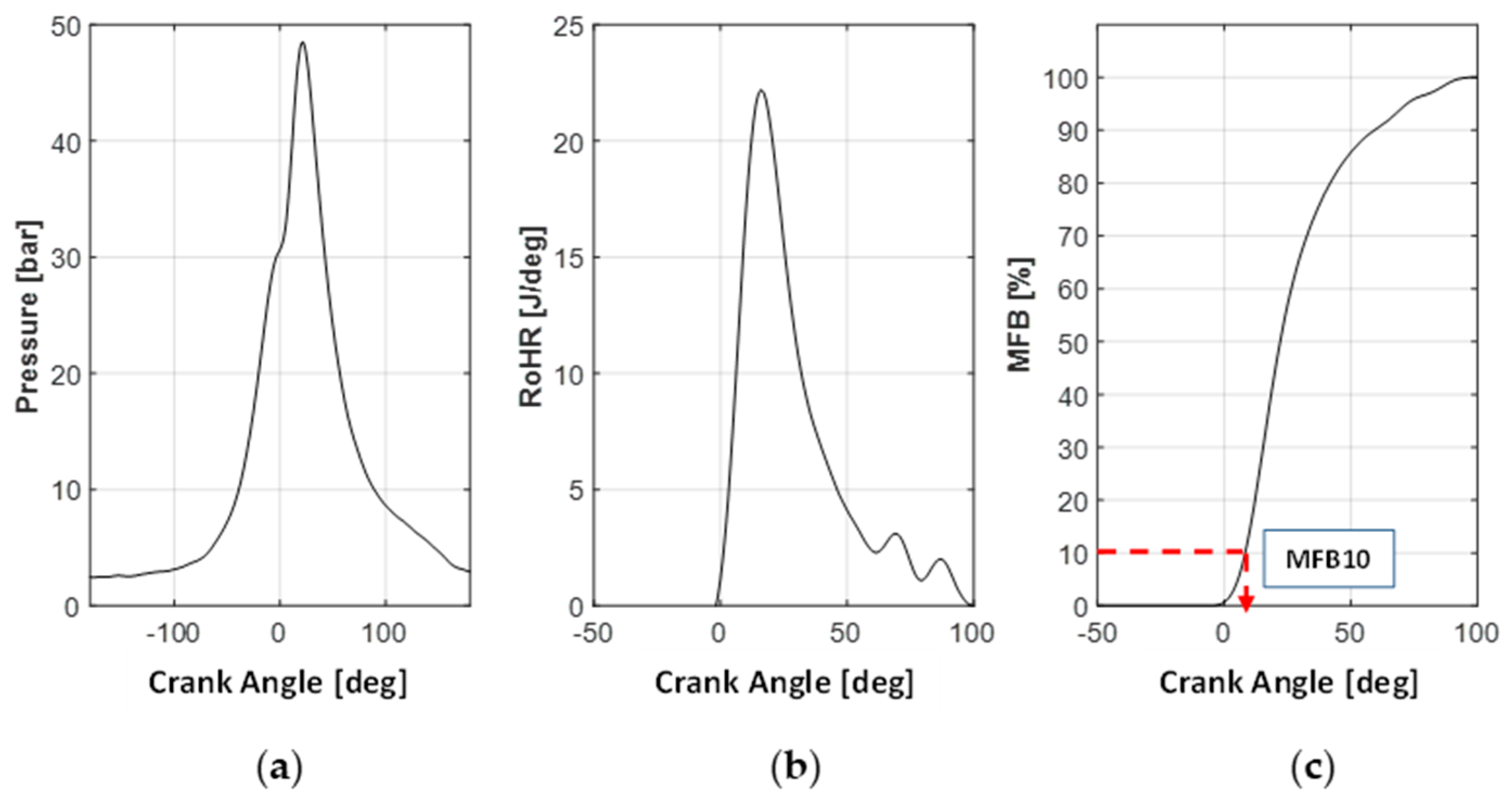

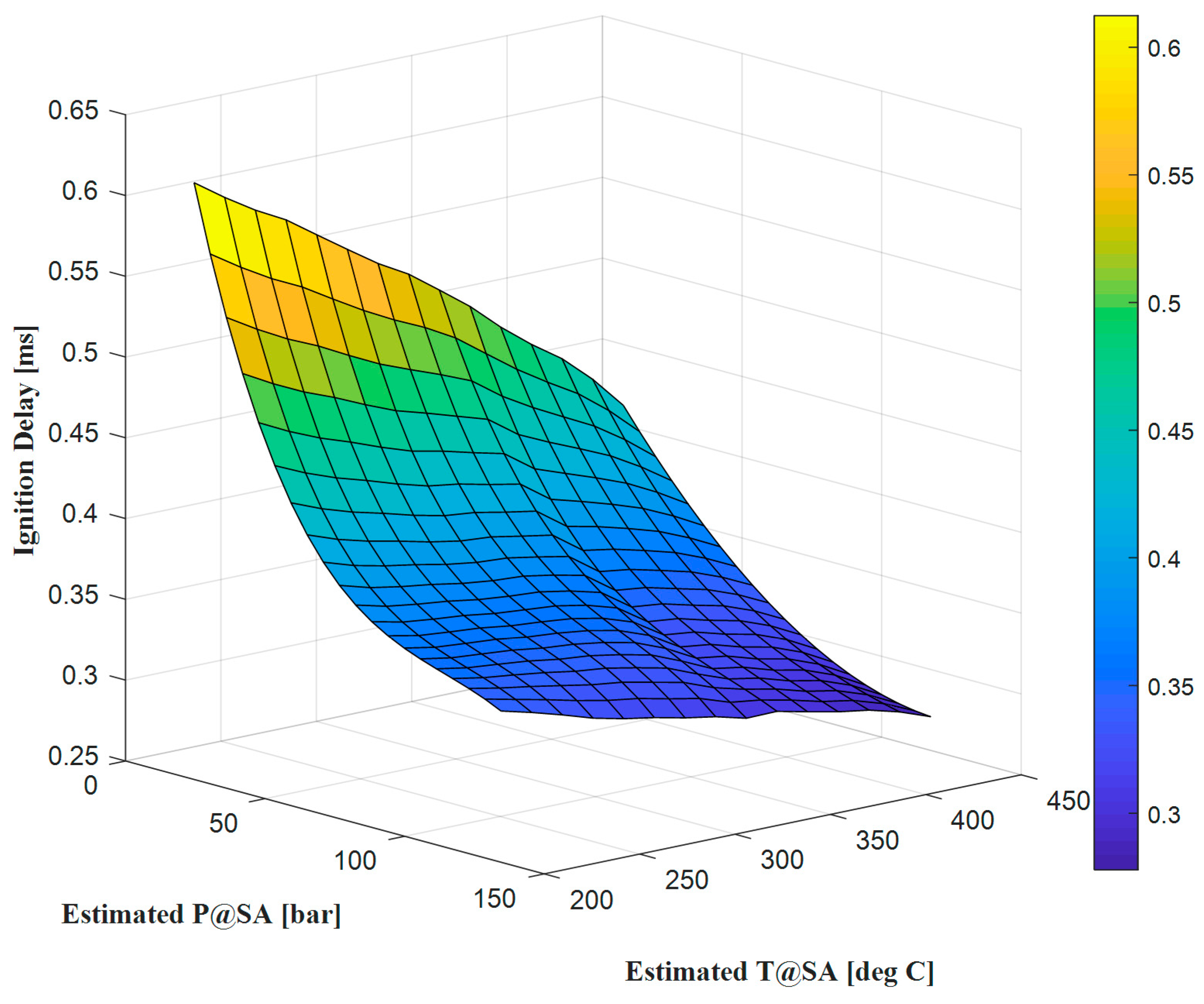
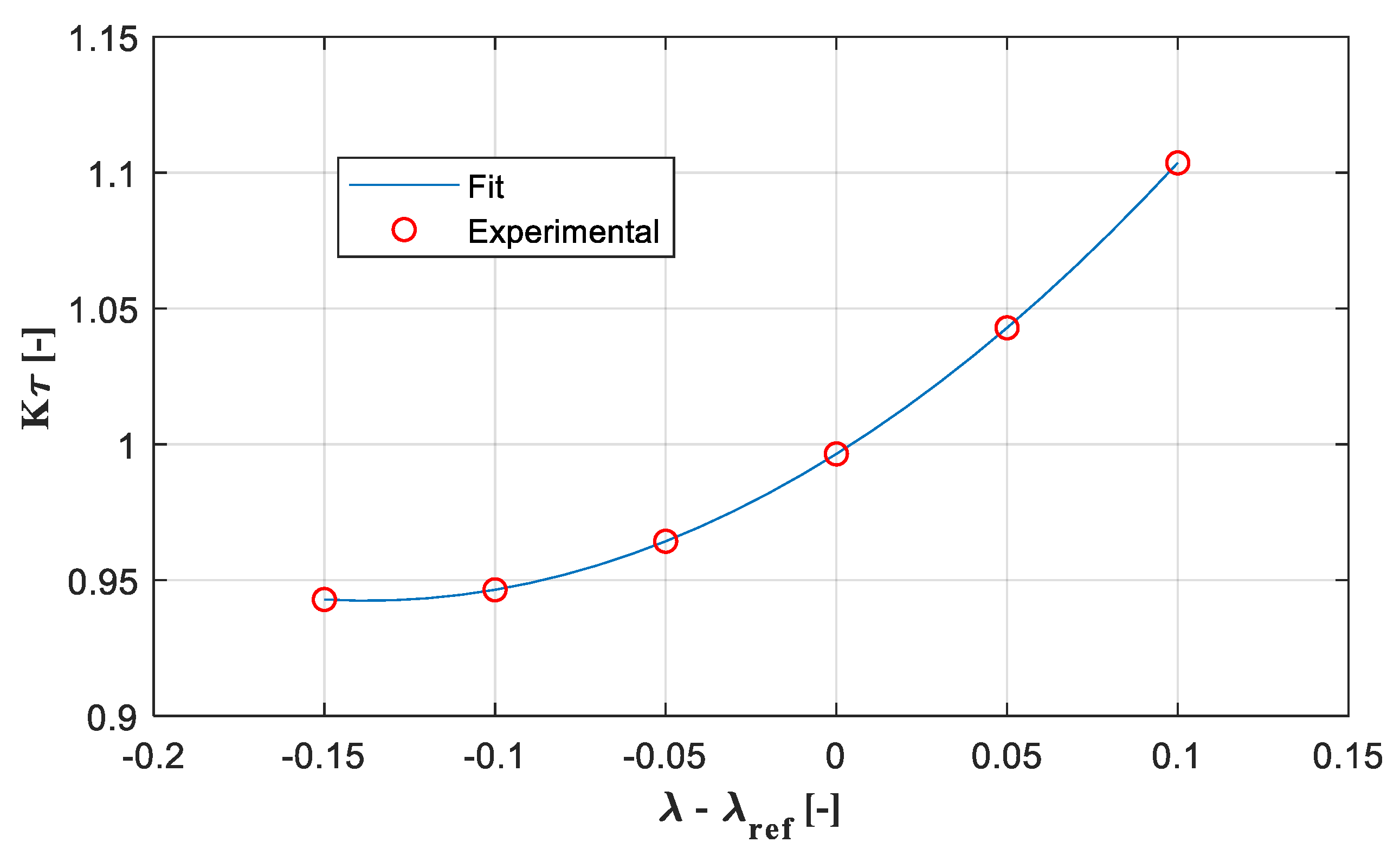
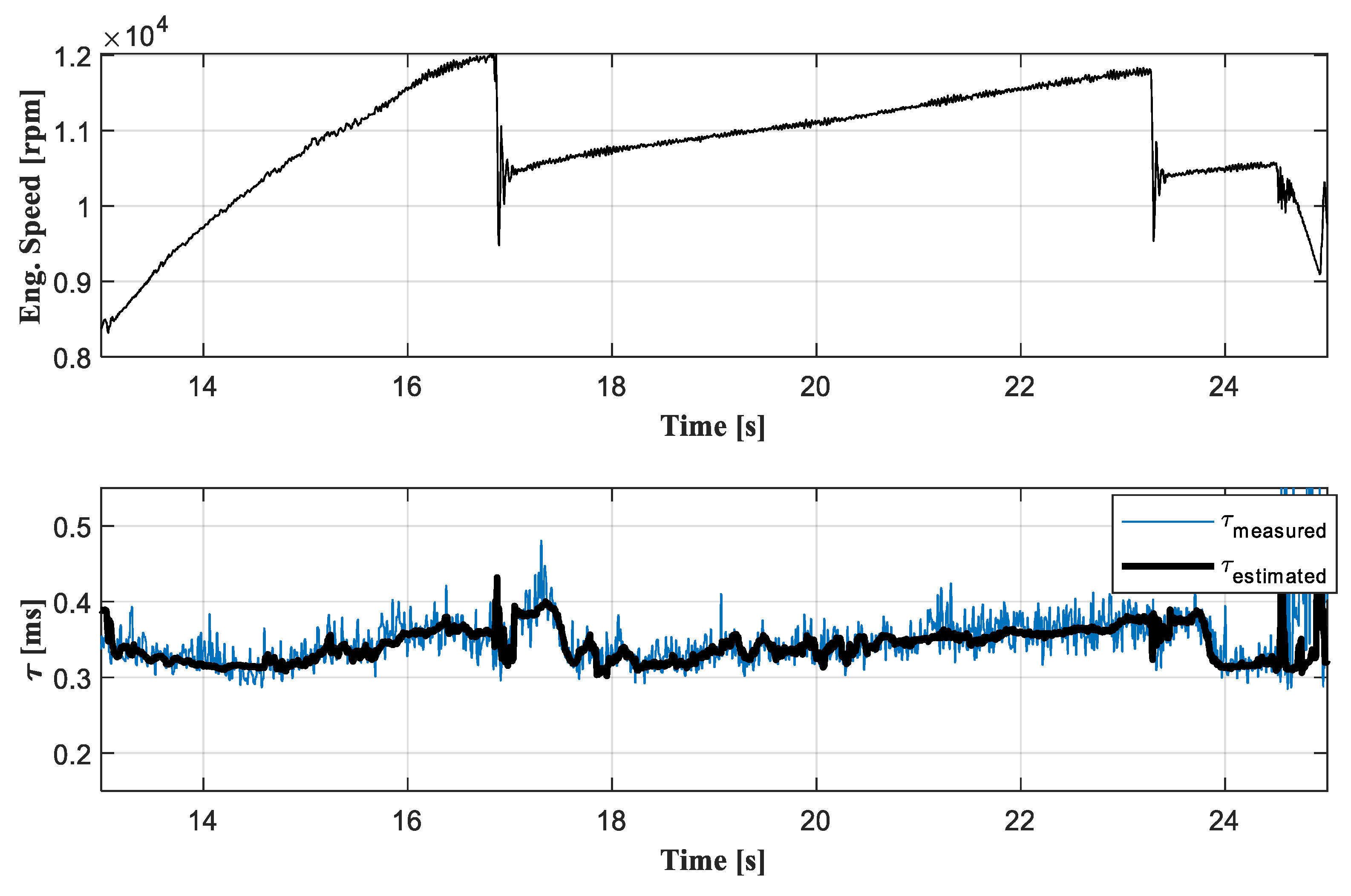
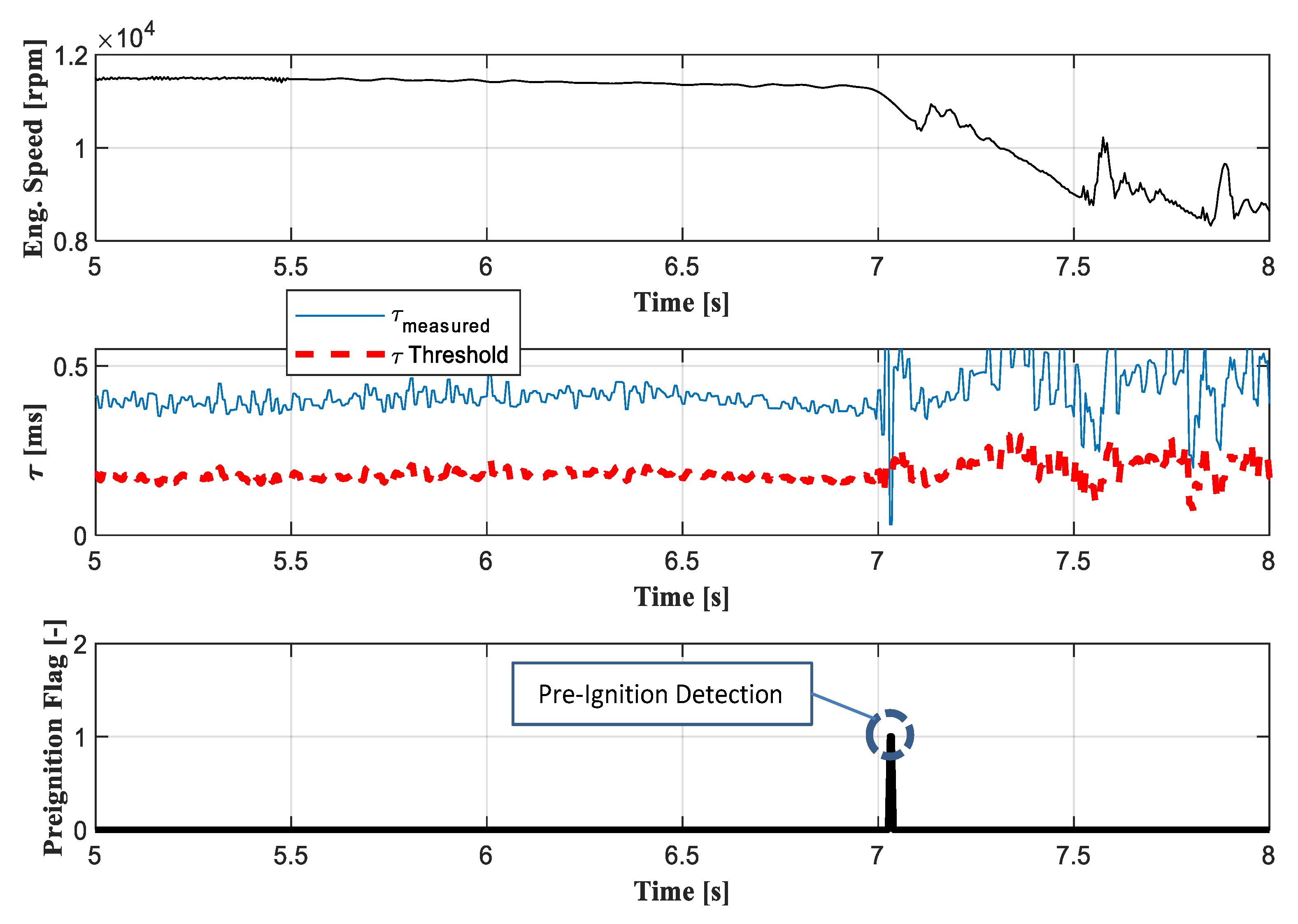
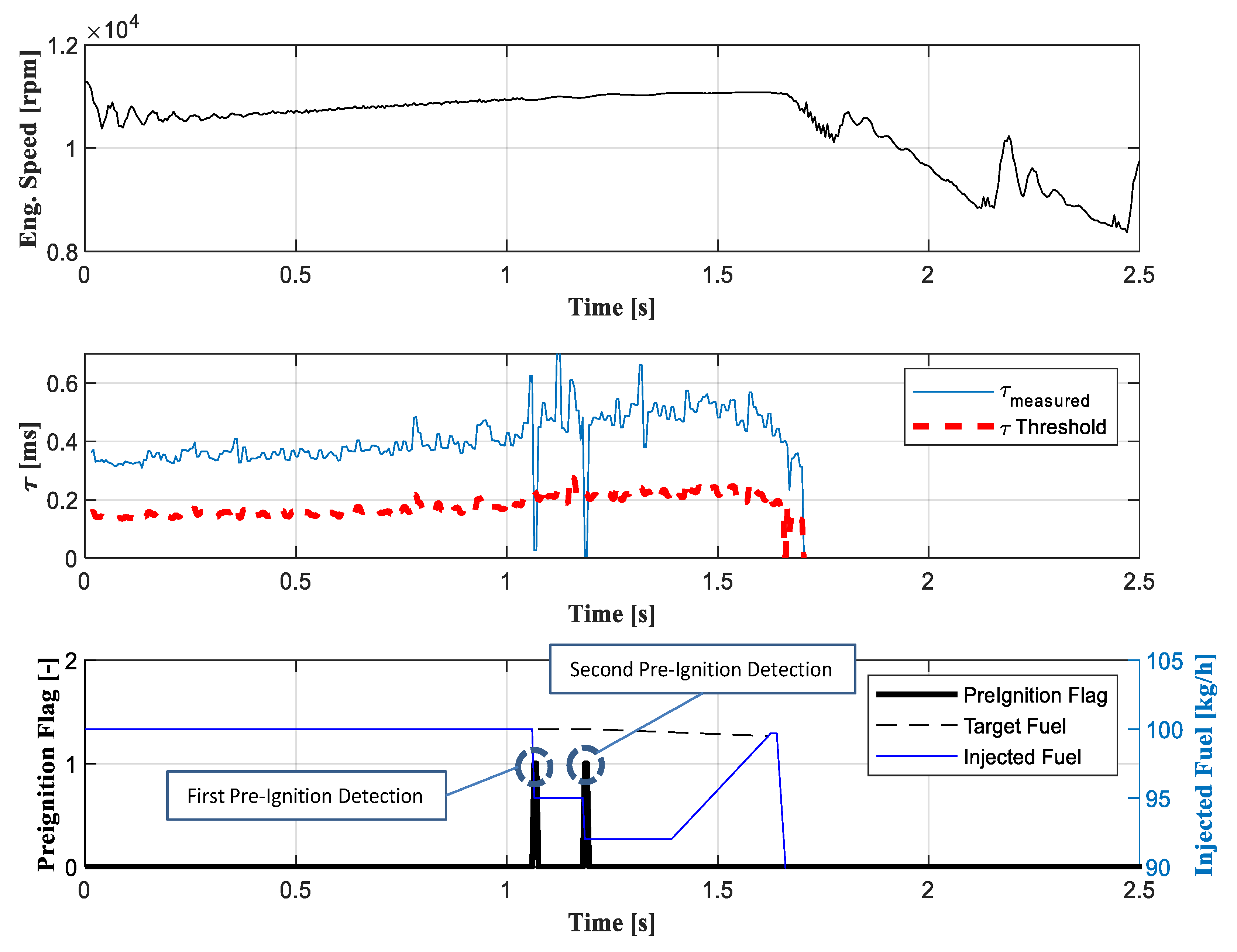
© 2019 by the authors. Licensee MDPI, Basel, Switzerland. This article is an open access article distributed under the terms and conditions of the Creative Commons Attribution (CC BY) license (http://creativecommons.org/licenses/by/4.0/).
Share and Cite
Ravaglioli, V.; Bussi, C. Model-Based Pre-Ignition Diagnostics in a Race Car Application. Energies 2019, 12, 2277. https://doi.org/10.3390/en12122277
Ravaglioli V, Bussi C. Model-Based Pre-Ignition Diagnostics in a Race Car Application. Energies. 2019; 12(12):2277. https://doi.org/10.3390/en12122277
Chicago/Turabian StyleRavaglioli, Vittorio, and Carlo Bussi. 2019. "Model-Based Pre-Ignition Diagnostics in a Race Car Application" Energies 12, no. 12: 2277. https://doi.org/10.3390/en12122277
APA StyleRavaglioli, V., & Bussi, C. (2019). Model-Based Pre-Ignition Diagnostics in a Race Car Application. Energies, 12(12), 2277. https://doi.org/10.3390/en12122277





